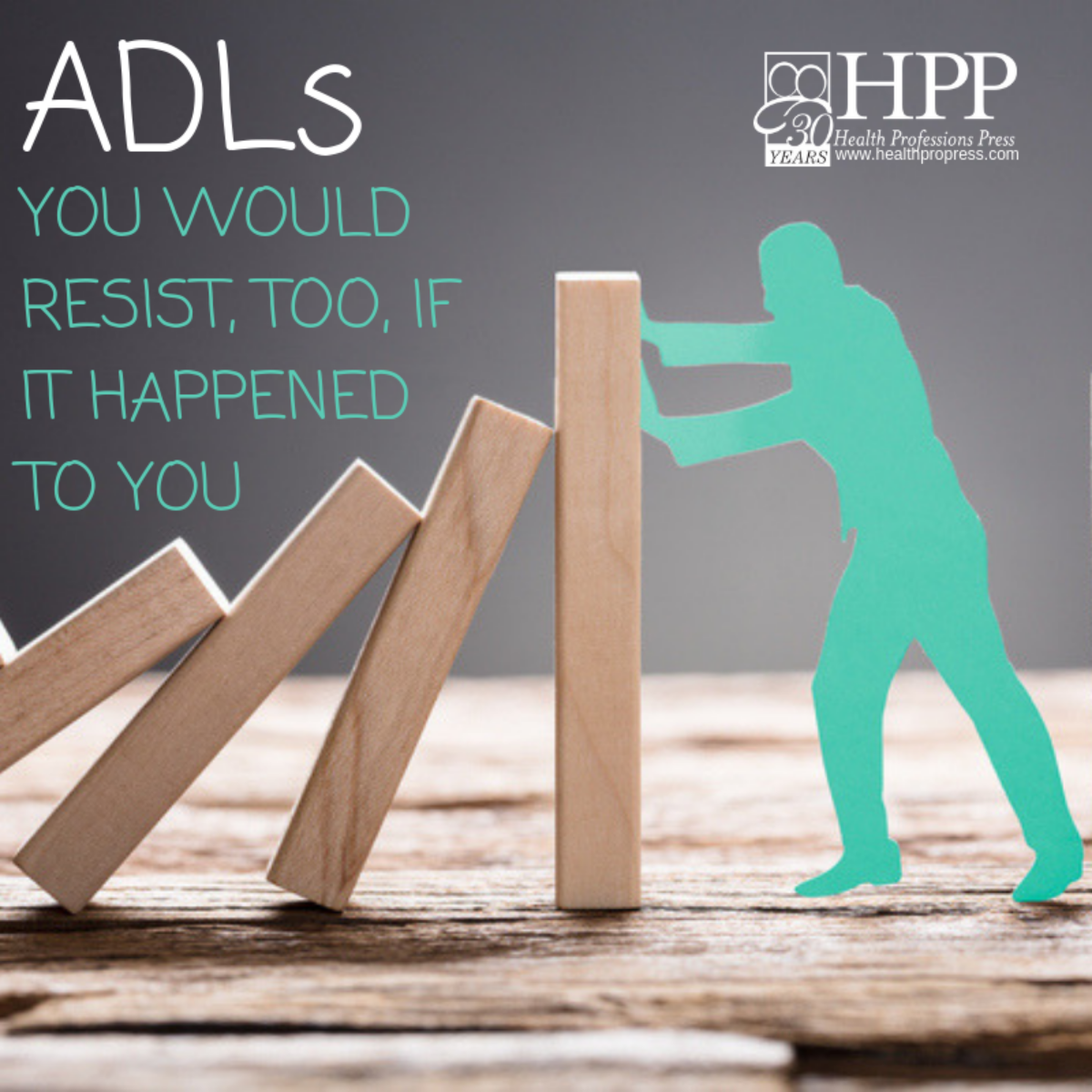
ADLs: You Would Resist, Too, If It Happened to You
Many elders need help with Activities of Daily Living, commonly known as ADLs. They include dressing, bathing, grooming (hair and nail care, brushing teeth), continence care (also known as toileting), and eating and drinking (nutrition and hydration). These are often considered tasks to be completed, but if seen as opportunities for building relationships, everyone’s satisfaction increases.
One of the phrases that is like fingernails on a chalkboard is “resistance to care,” implying that the older adult we intend to help is ungrateful and cranky. Whether or not people have dementia, people say “no” through their behavior for many logical reasons. In their shoes, most of us would likely have the same reaction. Following are the top reasons people say no—in word or action—to what we offer.
The first four reasons have to do with the person’s physical and emotional status.
Fatigue
As they age, people tend to sleep less soundly. In addition, people who have chronic illnesses or dementia, poor mobility or a lot of discomfort, tire easily from everyday tasks. Tasks they could manage early in the day when they were fresher can become overwhelming by evening.
Think about it: Have you ever said, “I’m so tired I can’t think straight?”
Pain or discomfort
As they age, people often have pain from chronic illnesses such as arthritis, and research has shown it is often not treated adequately. People without dementia might not speak up because they don’t want to be seen as complainers. People with dementia may not know how to ask for relief.
Think about it: Do you hop out of bed, or does it take you awhile to loosen your joints for dressing? Do you ever feel stiff from sitting too long in one position? Now add 40 years to your age.
Discomfort can take many forms. People may be:
- Hungry or thirsty
- Too hot, or more likely too cold, even in a warm room
- Needing a bathroom break or constipated
- Unable to see or hear well enough for the task at hand
- Dizzy, itchy, or befuddled as a side effect of medications
- Clinically depressed or acutely ill
Think about it: How enthusiastic are you to play when you have a splitting headache?
Fear or confusion
People are often confused by what we are expecting of them, and they’re often afraid when we invade their privacy with tasks like bathing and toileting. While fear and confusion happen a lot with people with dementia, it also happens with people who can’t hear or see well and don’t want to admit that they haven’t understood directions. We often need to simply take things more slowly, one step at a time.
Think about it: What’s your reaction when:
- You don’t know what to expect?
- You don’t know what’s expected of you?
- What’s expected doesn’t seem to make sense to you?
- You don’t want to make a mistake?
- You’re alarmed?
- Someone invades your space?
Frustration
As people age, they often become frustrated with what they can no longer do, or at least what they can no longer do as easily and well as they once could. Be patient and understanding. We all have good days and bad days. Some days some people need more help and reassurance than other days. Stay flexible. Encourage independence, but if someone is becoming frustrated, try saying, “Let’s work on this together.”
Think about it: What’s your reaction when:
- You can’t make yourself understood?
- You don’t understand what’s going on?
- You can’t do what you want? (not allowed or not able)
- Your competency is questioned?
- You feel incompetent?
The fifth logical reason for resistance is the environment.
Environment
Our goal, of course, is always to create a warm and loving atmosphere and build in routines and rituals that breed comfort and familiarity (with some novelty thrown in).
Problems often arise because of “too’s” in the environment:
- Too large
- Too loud
- Too crowded
- Too cluttered
- Too new/unfamiliar
- Too many choices
- Too many distractions
- Too little privacy
- Too much/too little light
- Too unsafe/scary
Think about it: When have you been uncomfortable in a particular space? What caused the discomfort?
More reasons
It’s important to know a person’s life story, because it will give you a key to understating the why of a “no.” For example, a person who grew up in a family whose religion forbid her to dance, may still feel too guilty to do so even if her feet are tapping to the music.
Knowing the person’s cultural background can also help. In some Asian cultures, it is rude to say yes the first time something is offered, but the expectation is you will ask again so they can say yes then.
Knowing the person’s personality is also important. In any classroom, there are people who raise their hands to answer every question, and others who never do. That doesn’t mean they aren’t taking it all in and “participating” in the way they feel most comfortable.
Think about it: When has knowing a person’s life story, personality, or cultural background helped you build a better relationship?
Copyright © 2011 by Kathy Laurenhue. All rights reserved.
This post was adapted from Elder Care Conversations by David Troxel and Kathy Laurenhue.
Amping Up Your Activity Programming!
Elder Care Conversations
Amping Up Your Activity Programming
By David Troxel, M.P.H. and Kathy Laurenhue, M.A.
Copyright © 2011 by Kathy Laurenhue and David Troxel. All rights reserved.
In 12 modules, this comprehensive, easy-to-use program of audio recordings, PowerPoint presentations, and printable materials provides:
- Hundreds of practical ideas to start, improve, or transform your activity programming
- Dozens of specific activity ideas that work with elders in all kinds of care settings, from skilled nursing to memory care
- Downloadable MP3 audio files for each module
- PowerPoint slides for staff training
- Printable handouts for on-the-spot activities
- A dozen MindPlay Connection™ titles providing 150+ themed trivia quizzes, word games, and discussion topics
PLUS this portable USB flash drive contains a comprehensive list of resources linking you to a virtual library of recommended books, websites, and other instructional materials.

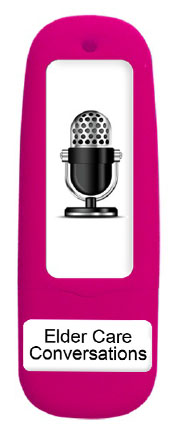
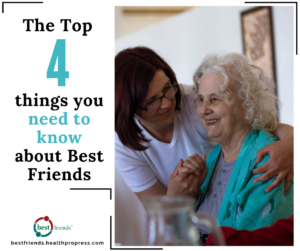
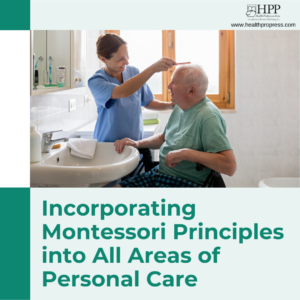
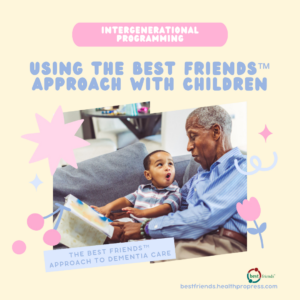

Add comment